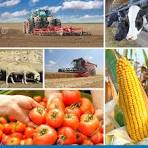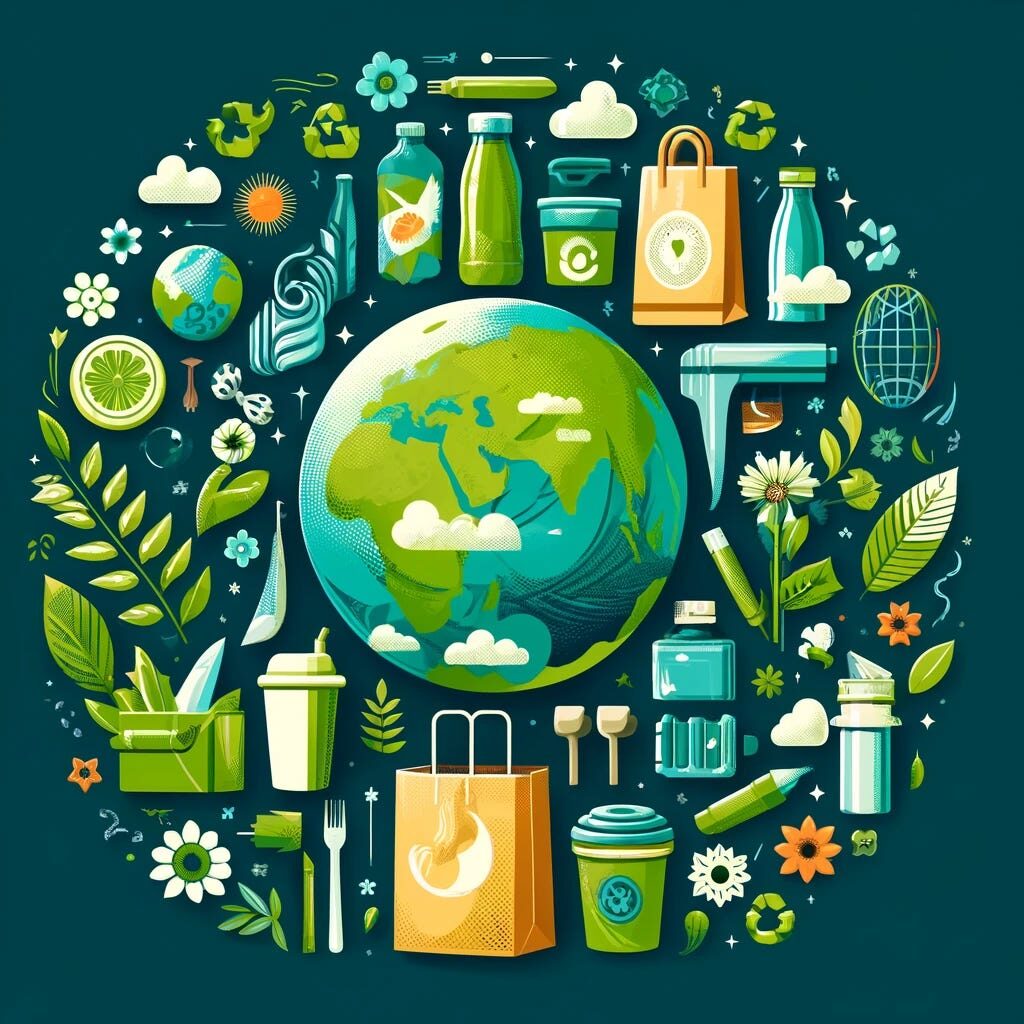4 Agricultural Methods That Saved the World from Food Shortage
Introduction
Food shortages have been a persistent challenge throughout human history, often leading to crises that affect millions of people. However, innovative agricultural methods have emerged to combat this issue, ensuring that we can feed the growing global population. In this article, we will explore four transformative agricultural methods that have played a crucial role in alleviating food shortages worldwide. From advanced farming techniques to sustainable practices, these methods are not just about increasing yields; they are about creating a resilient food system for the future.
Imagine a world where hunger is a thing of the past, where every person has access to nutritious food, and where agricultural practices do not harm the planet. This vision may seem utopian, but thanks to various agricultural innovations, we are moving closer to this reality. As the global population continues to rise, the demand for food increases, putting immense pressure on our agricultural systems. Fortunately, several groundbreaking methods have emerged to address these challenges. Let’s dive into these agricultural marvels that are transforming the way we produce food.

1. Precision Agriculture: Farming with Data

What is Precision Agriculture?
Precision agriculture is a modern farming practice that utilizes technology to monitor and manage field variability in crops. By employing tools such as GPS, sensors, and drones, farmers can collect real-time data on soil conditions, weather patterns, and crop health. This data-driven approach allows for more informed decision-making, ultimately leading to increased efficiency and productivity.
How Does It Work?
Farmers use various technologies to gather data about their fields. For instance, soil moisture sensors can determine when crops need irrigation, while drones can provide aerial imagery to assess crop health. By analyzing this data, farmers can apply fertilizers and pesticides more precisely, reducing waste and minimizing environmental impact. This targeted approach not only boosts crop yields but also conserves resources.
The Impact on Food Shortages
Precision agriculture has proven to be a game-changer in addressing food shortages. By optimizing resource use and increasing crop productivity, farmers can grow more food on the same amount of land. This method is particularly beneficial in regions facing water scarcity, as it allows for more efficient irrigation practices. As a result, precision agriculture is helping to ensure food security in an increasingly unpredictable climate.
2. Hydroponics: Soil-less Farming

What is Hydroponics?
Hydroponics is a method of growing plants without soil, using nutrient-rich water instead. This innovative technique allows for year-round cultivation, regardless of external weather conditions. Hydroponics can be practiced in various settings, from small home gardens to large commercial farms.
The Advantages of Hydroponics
One of the primary benefits of hydroponics is its efficiency. Since plants receive nutrients directly through the water, they grow faster and require less space than traditional soil-based farming. Additionally, hydroponics uses significantly less water—up to 90% less—making it an ideal solution for regions facing water shortages.
Addressing Food Insecurity
Hydroponics has the potential to revolutionize food production, especially in urban areas where arable land is limited. By growing food closer to consumers, hydroponics reduces transportation costs and carbon emissions. Furthermore, this method can be implemented in areas affected by climate change, allowing communities to produce their own food sustainably. As cities continue to grow, hydroponics could play a vital role in ensuring food security for urban populations.
3. Agroecology: Sustainable Farming Practices

What is Agroecology?
Agroecology is an approach that combines ecological principles with agricultural practices to create sustainable farming systems. This method emphasizes biodiversity, soil health, and the use of local resources, promoting resilience in food production.
Key Practices in Agroecology
Agroecological practices include crop rotation, intercropping, and the use of organic fertilizers. By diversifying crops and enhancing soil health, farmers can improve yields while reducing reliance on chemical inputs. Additionally, agroecology encourages the use of traditional knowledge and practices, fostering community engagement and empowerment.
The Role of Agroecology in Food Security
Agroecology addresses food shortages by promoting sustainable farming practices that enhance productivity while protecting the environment. By improving soil health and increasing biodiversity, agroecological systems can withstand climate variability and pests, ensuring stable food production. This approach not only helps farmers adapt to changing conditions but also contributes to the overall resilience of food systems.
4. Vertical Farming: Growing Upwards

What is Vertical Farming?
Vertical farming is an innovative agricultural method that involves growing crops in vertically stacked layers. This technique can be implemented in urban environments, utilizing technology to create controlled growing conditions. Vertical farms often use hydroponics or aeroponics, allowing for efficient water and nutrient use.
Benefits of Vertical Farming
One of the most significant advantages of vertical farming is its ability to produce food in limited spaces. By growing crops indoors, vertical farms can operate year-round, independent of weather conditions. This method also reduces the need for pesticides and herbicides, as the controlled environment minimizes pest infestations.
Contributing to Food Security
Vertical farming has the potential to address food shortages in urban areas, where traditional agriculture may not be feasible. By producing fresh, local food, vertical farms can reduce transportation costs and carbon emissions. Furthermore, this method can help alleviate pressure on rural agricultural systems, allowing them to focus on larger-scale food production.
Read This: Here is a Solution to Nigeria Agricultural Problem
Conclusion
As the world grapples with the challenges of food shortages, these four agricultural methods—precision agriculture, hydroponics, agroecology, and vertical farming—offer promising solutions. Each method not only enhances food production but also promotes sustainability and resilience in our food systems. By embracing these innovative practices, we can work towards a future where everyone has access to nutritious food, regardless of their location or circumstances. The journey towards food security is ongoing, but with these methods at our disposal, we are better equipped to tackle the challenges ahead.
FAQs
1. What is precision agriculture?
Precision agriculture is a farming approach that uses technology to monitor and manage field variability, optimizing resources and increasing crop yields.
2. How does hydroponics work?
Hydroponics is a method of growing plants without soil, using nutrient-rich water to provide essential nutrients directly to the plants.
3. What are the benefits of agroecology?
Agroecology promotes sustainable farming practices that enhance biodiversity, soil health, and resilience, helping to ensure stable food production.
4. What is vertical farming?
Vertical farming involves growing crops in vertically stacked layers, often using hydroponics or aeroponics, allowing for efficient use of space and resources.
5. How do these methods address food shortages?
These agricultural methods increase food production, promote sustainability, and enhance resilience, helping to ensure food security in a rapidly changing world. This article provides an engaging and informative overview of four agricultural methods that are making a significant impact on global food security. Feel free to adjust any sections or add more specific details as needed!

